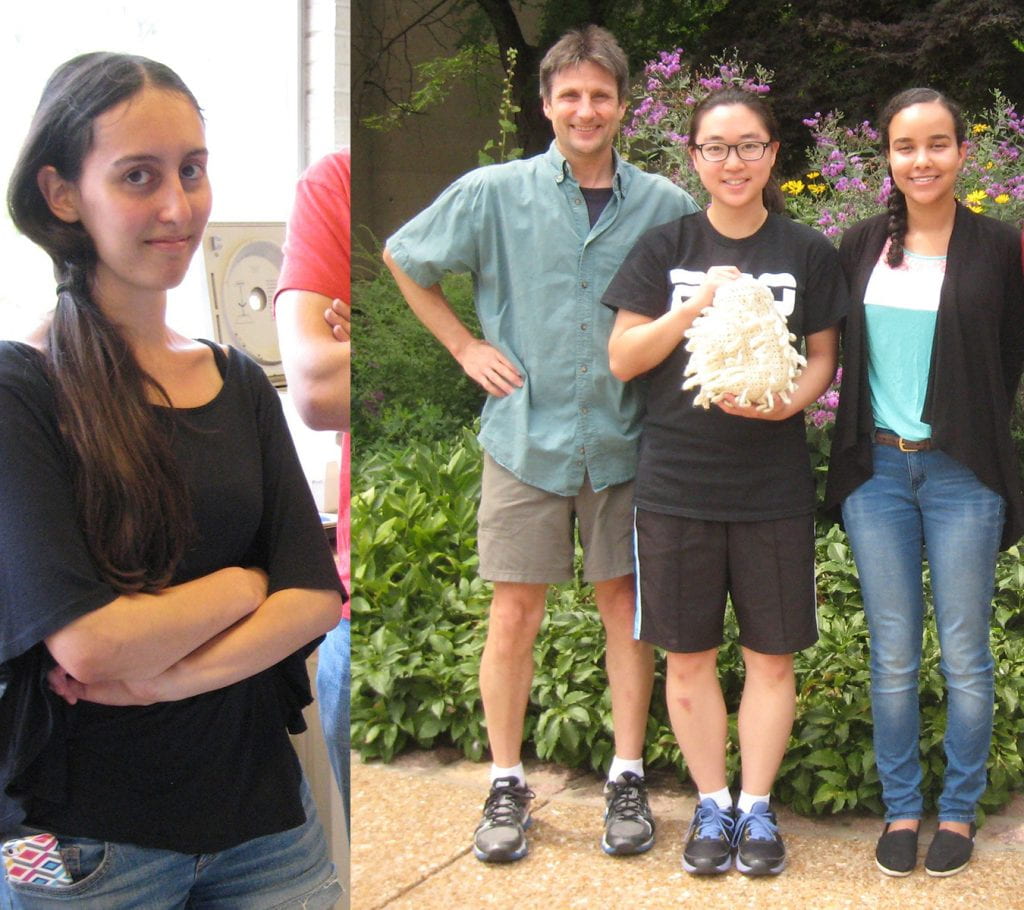Identification of loci controlled by regulators of heterochromatin boundaries in Tetrahymena.

By: Dr. Douglas Chalker
Dr. Chalker’s grant pilot project aims to uncover fundamental mechanisms that regulate genome structure and organization. Perturbations in genome organization correlated have been liked with cancer and other diseases and learning how genome organization is normally established provides insights into what goes wrong when normal organization becomes aberrant.
The project’s goal was to understand how boundaries between silent and active regions of genomes are defined and thereby provide fundamental insight into the control of chromatin-regulatory boundaries. In his team’s studies of the structure and regulation of the genome of the ciliated protozoan Tetrahymena, they discovered two proteins, Lia3 and its homolog Lia3-like1(Ltl1), that control the boundaries between newly formed, silent heterochromatin and active euchromatin. Biochemical analyses showed that these two proteins bind to distinct sequences located at these boundaries. Tetrahymena is unusual as it eliminates heterochromatic DNA from its developing somatic genome while retaining the corresponding sequence in the germline copy of the genome. Strains in which they deleted the LIA3 or LTL1 genes still established heterochromatin and eliminate these loci, but the excision junctions are aberrantly positioned, which shows that these proteins regulate chromatin boundaries.
The team sought to identify which loci that Ltl1 regulates, and to determine the effect of loss of Ltl1 on the targeting of heterochromatin modifications. The generation of cell lines and determination of genome sequence was completed as planned, but the analysis pipeline was more complicated than anticipated. Additional analysis is needed, so they elected to forgo the work for aim 2 as it was less valuable without completion of Aim 1 and they were able to publish the initial research findings without the genome-wide identification of all affected loci.
Future plans are to recruit an undergraduate or graduate student to re-examine the data generated in the project with varied analysis pipelines. They will use the known loci regulated by LTL1 to determine the degree of variation in boundary position relative to wild-type to determine how to best bin the data to reveal the loci that show aberrant boundaries in mutant cells when compared to wild-type. This information will be used to design a more effective analysis pipeline. If they are successful with this analysis, they will move forward with the work proposed in Aim 2 of the project. If they are able to show that deletion of specific proteins affects the boundaries between heterochromatin and euchromatin, they will use this data in a revised project proposal for future grant proposals.
For continued educational resources by this team, read the publication:
Jaspan VN, ME Taye,CM Carle, JJ Chung, and DL Chalker (2019).Boundaries of eliminated heterochromatin of Tetrahymena are positioned by the DNA-binding protein Ltl1. Nucl Acids Res. Aug 22;47(14):7348-7362. doi: 10.1093/nar/gkz504.PMID: 31194876

